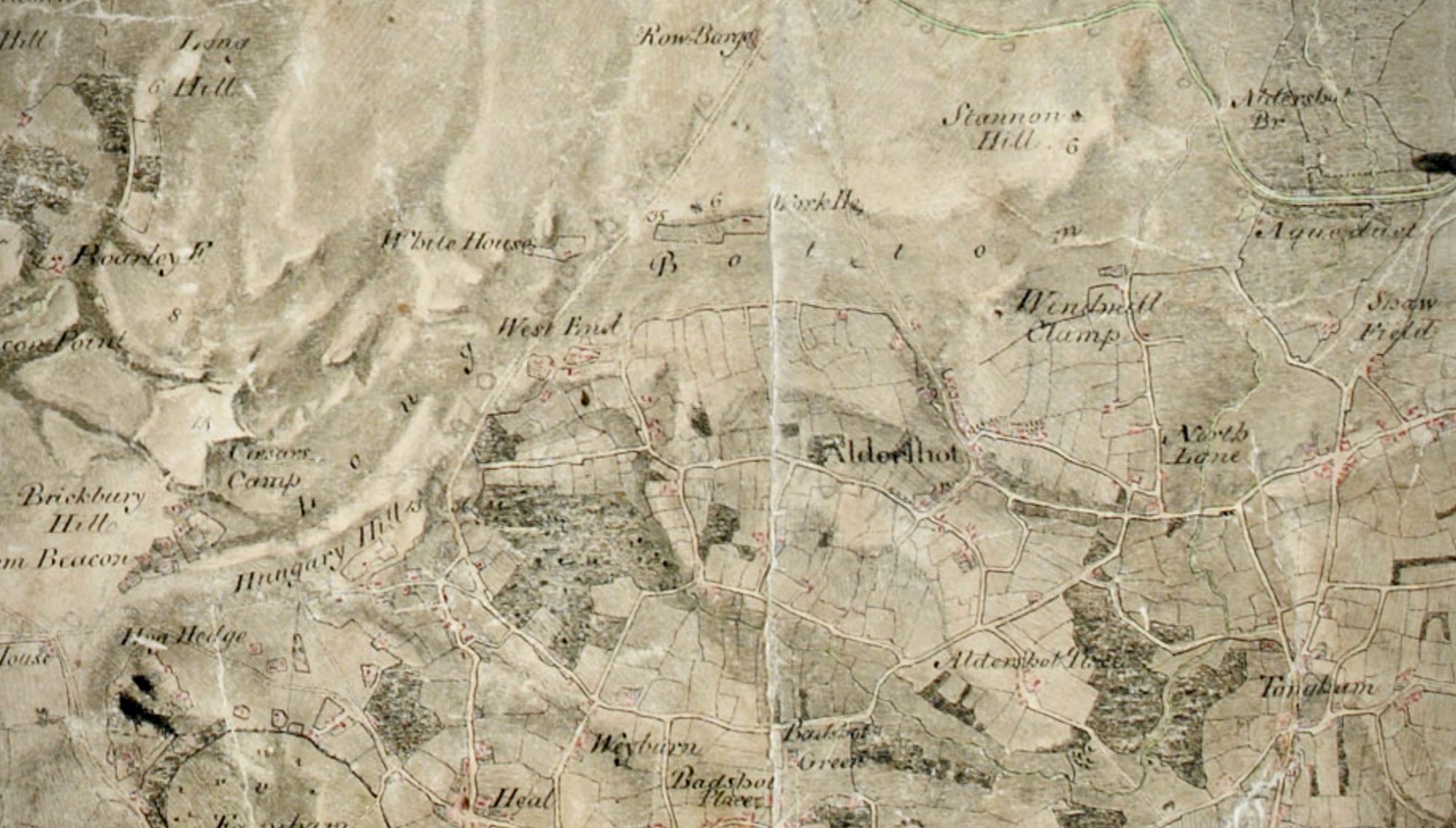The application made during the summer for for the enclosure of the 2,715 acres of Aldershot Common had been successful. The Provisional Order from the Inclosure Commission had been accepted by a two-thirds Rateable Value majority and the process for allocation amongst the property owners in the parish had been set into motion. About £1800 of the £1,964 total rateable value of the property entitled to Commoners rights over Aldershot Waste was for residential property in private hands.
Some statistics
Eight residents, 5 percent of the 160 village households, owned property having a rateable value worth £880. They owned almost half (49 percent) of residential property in terms of value.
A further ten residents, with property having a greater rateable value than £10, accounted for another £166 of total rateable value.
Those eighteen resident owners relied less upon the use of the common rights of turbary and forage than did the 30 or so other households with small holdings (with a cumulative rateable value of £148). This argument was even stronger when contrasted with the 110 households without property who lived in rented or tied properties. Labouring families may have had access to gardens for produce but would also look to the common land for fuel to aid their subsistence.
All of the above reasoning applied more strongly for non-resident owners, such as Samuel Eggar who held property rated at just over £147. The total of twenty non-resident owners of property had a cumulative rateable value of £608.
